Godroni e Portagodroni Integi - Dropbox
Godroni e Portagodroni Integi - Dropbox
Godroni e Portagodroni Integi - Dropbox
Create successful ePaper yourself
Turn your PDF publications into a flip-book with our unique Google optimized e-Paper software.
Se produce por corte del material. En este caso las moletas<br />
trabajan como una fresa y el recrecimiento del material respecto<br />
del diámetro de origen es muy pequeño. Asimismo el esfuerzo<br />
soportado por la pieza, cabezal y contrapunto de la máquina<br />
es mínimo. Las moletas han de tener la arista viva y<br />
no se puede trabajar radialmente, salvo en el inicio<br />
del moleteado en el extremo del mismo.<br />
La norma DIN 82 (véase pag. 3) regula los diferentes tipos de<br />
moleteados que se pueden mecanizar en las piezas. Utilizando<br />
el sistema de moleteado por corte, los moleteados tipo RGV<br />
y RKV no pueden ser realizados.<br />
Cuando se trabaja con una herramienta de corte se pueden<br />
conseguir diferentes tipos de moleteados en función del número<br />
y la forma de las moletas montadas y de la versión de la<br />
herramienta utilizada.<br />
Herramienta Modelo Moleta Moletado<br />
Tool version Knurl Knurling<br />
Moleteador de corte<br />
de una moleta<br />
Cut-Knurling with<br />
one wheel<br />
cut-knurling tool:<br />
Moleteador de corte<br />
de dos moletas<br />
cut-Knurling with<br />
one wheel<br />
cut-knurling tool:<br />
Derecha (R)<br />
Right (R)<br />
Izquierda (L)<br />
Left (L)<br />
Derecha (R)<br />
Right (R)<br />
Izquierda (L)<br />
Left (L)<br />
41<br />
MOLETEADO POR CORTE (DATOS TÉCNICOS)<br />
CUT-KNURLING (TECHNICAL DATA)<br />
In this case the knurls actually cut the material, working like a<br />
milling tool with a very small increase in the diameter of the<br />
material. Likewise, the stress withstood by the part, head and<br />
tailstock of the machine is minimal. The knurl wheels must<br />
have sharp edges and cannot be plunged radially<br />
except when starting to knurl at the corner edge<br />
of the component.<br />
The DIN 82 standard (see page 3) specifies the different kinds<br />
of knurling patterns than can be machined on components.<br />
Using the cut-knurling system the RGV and RKV type knurling<br />
patterns cannot be made.<br />
When working with a cut-knurling tool, different kinds of knurling<br />
patterns can be obtained, depending on the type of knurls and<br />
tools being used.<br />
AA<br />
BR30º<br />
AA<br />
BL30º<br />
AA+AA<br />
BL15º+BR15º<br />
BL30º+BR30º<br />
AA+AA<br />
BL15º+BR15º<br />
BL30º+BR30º<br />
RBR30º<br />
Avance axial<br />
Traverse feeding<br />
Los valores arriba mostrados sirven solo como guía, pudiéndose obtener mejores resultados mediante pruebas a pie de máquina.<br />
These values are intended as a guide, and better results may be obtained by tests carried out on machines<br />
RAA<br />
RBL30º<br />
RAA<br />
RGE30º<br />
RGE45º<br />
RGE60º<br />
RGE30º<br />
RGE45º<br />
RGE60º<br />
✔<br />
✔<br />
✔<br />
✔<br />
✔<br />
✔<br />
✔<br />
✔<br />
✔<br />
✔



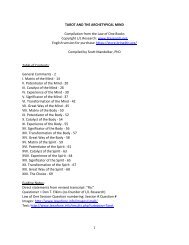
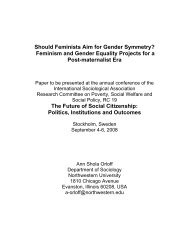

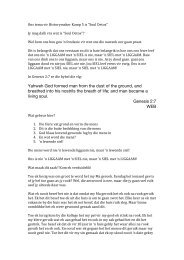
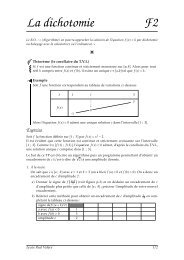

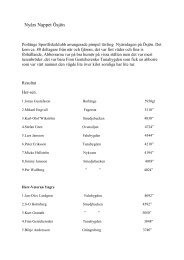
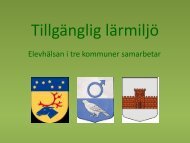
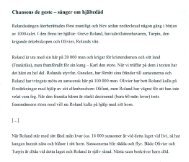
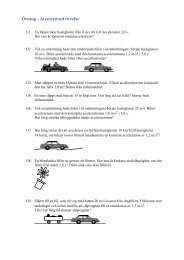
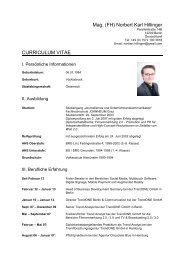
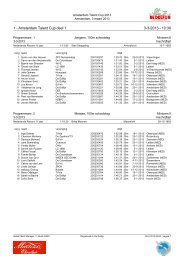
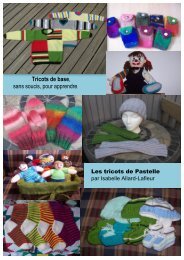
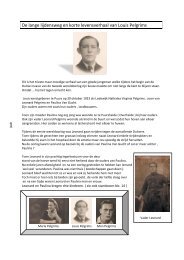
![Analisis Filologis Naskah Merong Mahawangsa [unduh] - Dropbox](https://img.yumpu.com/17722686/1/184x260/analisis-filologis-naskah-merong-mahawangsa-unduh-dropbox.jpg?quality=85)